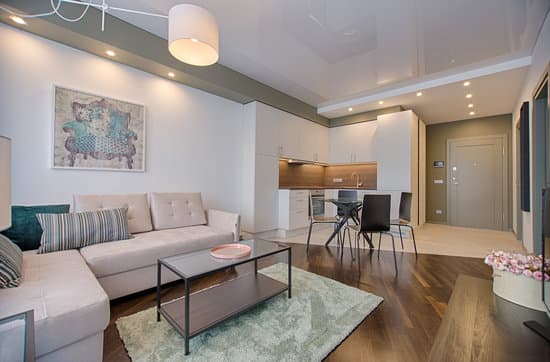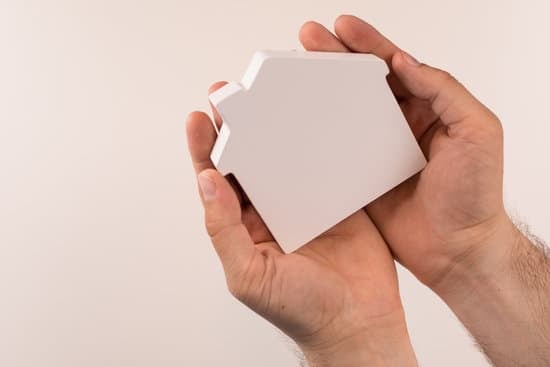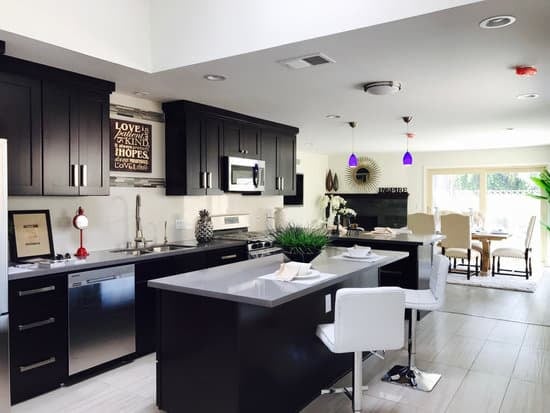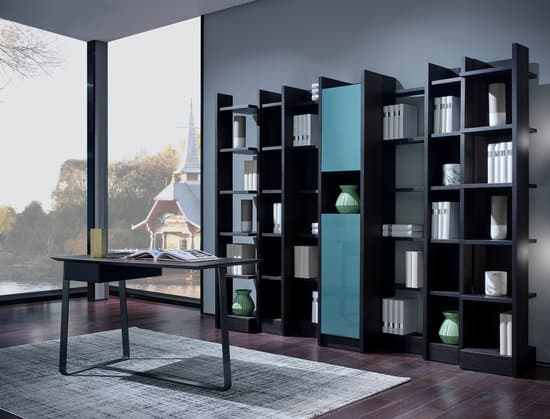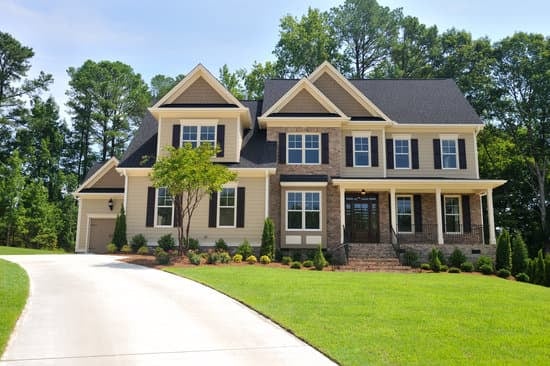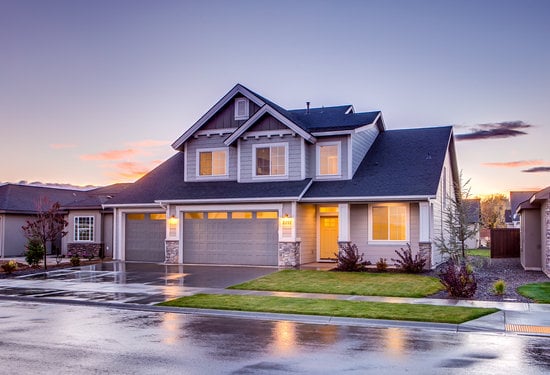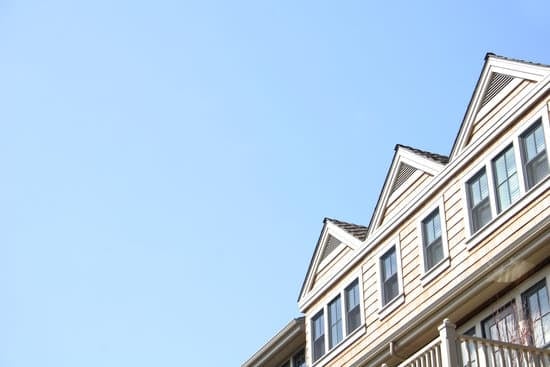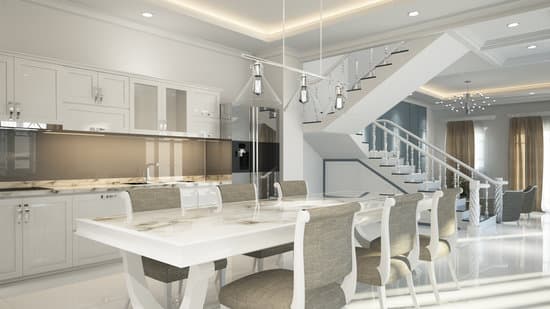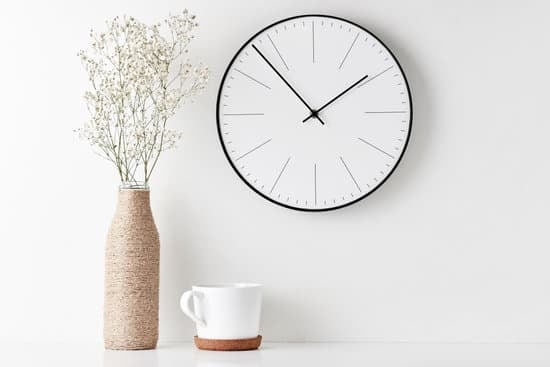The 7 C’s of urban design are an essential part of creating sustainable and high-quality urban environments. These fundamental design characteristics are identified in the Urban Design Protocol, which emphasizes the importance of a mix of the design process and results. The 7 C’s of urban design are:
Context: This refers to the physical, social, and cultural setting in which urban design occurs. Planners and designers must consider the unique features of the location and how the design will fit within the existing context.
Character: This involves creating a distinctive and memorable character for the urban environment. Planners and designers strive to create places with a sense of identity and personality that reflects the local culture and history.
Choice: This refers to the diversity of uses and activities that are available in the urban environment. A range of choices can cater to the different needs and preferences of the community, promoting social interaction, and reducing the need for private cars.
Connections: This involves creating a well-connected urban environment that supports safe and convenient movement for pedestrians, cyclists, and public transport. Well-connected places also encourage social interaction and foster a sense of community.
Custodianship: This refers to the responsibility of creating and maintaining an urban environment that is sustainable and well-maintained. Planners and designers strive to create places that are easy to maintain and that encourage people to feel a sense of responsibility for the environment.
Creativity: Creativity is about finding innovative solutions to urban design challenges. Planners and designers must have a creative mindset to solve complex problems and to create designs that are inspiring, imaginative, and visually appealing.
Collaboration: Collaboration is essential to the success of any urban design project. Planners and designers must work closely with the community, stakeholders, and other professionals to ensure that the design is responsive to local needs and aspirations.
By focusing on these seven fundamental design characteristics, urban planners and designers can create sustainable urban environments that meet the needs and aspirations of the community.
